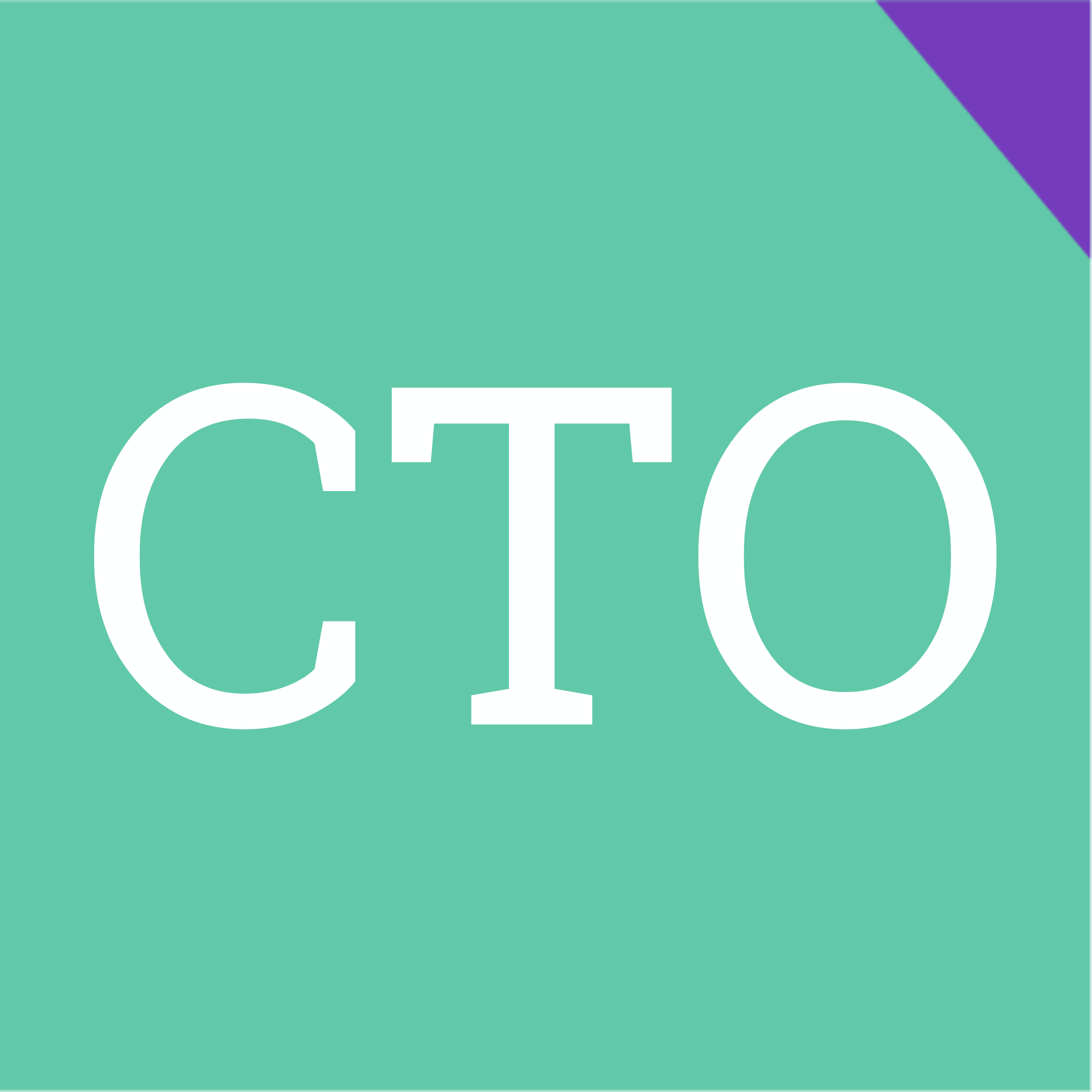Sourcing and selecting talent can often feel like completing a puzzle — and often, the more complex the business, the more challenging the puzzle.
First and foremost, the person will likely interact with multiple parts of the organization. Further complications arise as we realize that human beings are not perfectly cut puzzle pieces that snap into our organizations easily. Instead, we must complete our human puzzles with perfectly imperfect people. This can be frustrating when attempting to assemble the right team, group, department — even in the best of hiring conditions. This challenge is further complicated when the talent market is tight.
Failure to acknowledge this complexity can derail careers, waylay initiatives and impede businesses from reaching what they are capable of realizing. Through acknowledging and working with these inherent talent gaps, we can elevate our contributions and enjoy more productive and fulfilling work. Here we share a few helpful tips about how to work with your existing bench when hiring stars is not a feasible option.
Tip 1: Make “magical” use of talent
In game six of the 1980 NBA finals, Magic Johnson played out of position at center to cover for an injured Kareem Abdul Jabbar. Magic lost the game six opening tipoff, but the Lakers went on to win the game and the series. The lesson here is that there will be instances when we can play our top performers out of position in key circumstances for the greater good. While this is counter to the strengths movement, there will be scenarios when this is your best play. Taking this approach also opens the opportunity for us to encourage top performers to develop their versatility as well as opens creative paths to staff projects.
In organizations, we often unrealistically seek the perfect unicorn to complete our roster and ultimately end up delaying or derailing progress. Rather than waiting for the perfect star, consider how you can close gaps with your existing lineup. This may require some temporary shifts and difficult requests. Be transparent with your people about these requests and help the entire team see how this will ultimately help reach the right solution. When we get this right, we get to celebrate like the Lakers did in 1980. Even more important, we can enhance the group’s versatility, potentially break down silos and encourage cooperation in new ways.
Tip 2: Loan stars to enhance the organization
Pulling off the Magic Johnson experiment requires interdepartmental goodwill and teamwork. Although work is accomplished through teams, many departments often operate as silos. This department-centric approach impedes the fluid flexing of talent required in rapidly changing contexts. Although often not intended, this siloed approach ultimately hinders organizational contributions and constrains people’s careers. Much like how the successful Magic Johnson experiment required consensus among assistant coaches for the greater good of the team, functional leaders also need to lock arms and find ways they can collaborate for the greater organizational good.
This interdepartmental cooperation often requires a “first mover.” Build reciprocity with other departmental heads by flexing talent their way when possible. Pull a page from Robert Cialdini, a leading expert in influence, and directly acknowledge and disclose your intent to bank reciprocity by flexing your talent to other departments in need during pivotal stretches. Also be sure to keep your flexing stars plugged in early to any of these considerations. Help these stars see the value in elevating their exposure, developing their brand and learning new things.
Resist stoking departmental isolation that can block talent highways; instead, look for ways to build support for others and among your team. Help yourself and your team start seeing other departments that are seemingly at odds in more productive and healthy ways. Do this by taking note of others’ motivations, priorities, impediments and fears. This exercise, which can be tackled in brief team discussion, will help build understanding and help us become better colleagues and partners — ultimately resulting in better company-wide contributions. When organizations start to see talent as a resource of the whole organization rather than one department, collaborations develop that were not previously envisioned and the company’s creativity quotient will be on the rise.
Tip 3: Rethink your A-B-C and nine-box frameworks to look beyond the individual
Many organizations over-rely on incomprehensive nine-box or A-B-C rating systems for assessing talent. These frameworks don’t adequately capture other key talent considerations and often become shortsighted by oversimplifying talent to individual measures that fail to account for broader team, company and industry implications. Leadership and performance are inherently dependent on teams, and assuming that talent can easily be swapped in and out according to individual ratings is problematic. These models also fail to consider the broader risks and implications for separating with low-performing talent. In industries and states without non-competes, the separated “C” player may be the only missing piece a competitor needs to become a viable foe.
This risk is further dialed up in tight talent markets where the feasibility of successfully replacing a low performer is especially difficult. While we all want to build the most efficient talent model, there are strategically defensive talent tradeoffs that must be considered. Individuals, regardless of how they are rated, all have networks that extend beyond our organizations. We must also carefully consider what other relationships we are straining and the reputational risk implications.
All three of these tips are aimed at encouraging those responsible for selecting and distributing talent to experiment and consider avenues that are not often traversed. Although we too often give lip service to creativity when faced with talent challenges, we tend to stick with methods that have been used before even though they may not work well. While organizations go to painstaking lengths to analyze the complex variables that drive the overall employee value proposition performance, they often fail to acknowledge the complex ways their employees enhance or impede the company mission. We often underestimate the talent of the individuals in our pools because we have stereotyped them early on. We also often seek talent externally as though it is the silver bullet for closing functional gaps, and we often dismiss ways we can flex and develop our talent to drive success.
Let’s start to implement our understanding that without developmental opportunities or challenges, people are unlikely to improve, become more flexible and develop new skills. Let’s start to use our talent to creatively engage in ways to develop more talented individuals.












